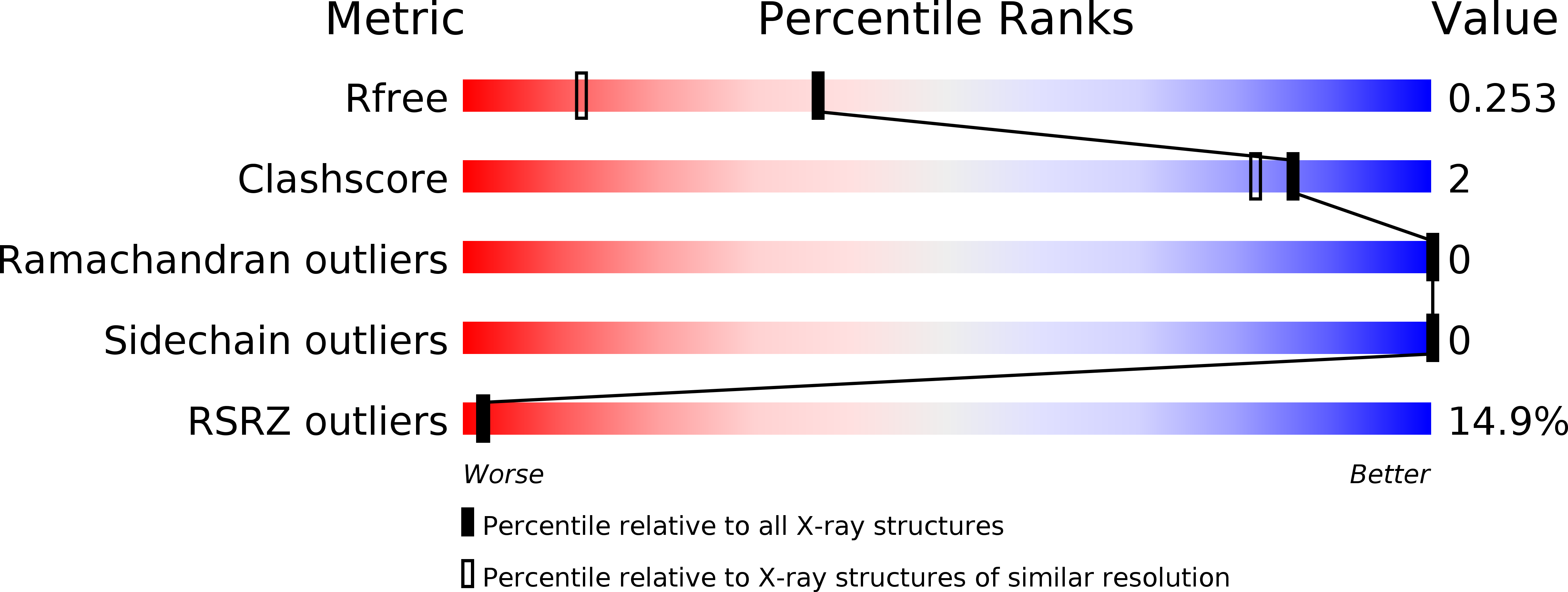
Deposition Date
2009-03-03
Release Date
2010-04-07
Last Version Date
2024-05-08
Entry Detail
PDB ID:
2WBS
Keywords:
Title:
Crystal structure of the zinc finger domain of Klf4 bound to its target DNA
Biological Source:
Source Organism:
MUS MUSCULUS (Taxon ID: 10090)
Host Organism:
Method Details:
Experimental Method:
Resolution:
1.70 Å
R-Value Free:
0.23
R-Value Work:
0.20
R-Value Observed:
0.20
Space Group:
P 21 21 21


